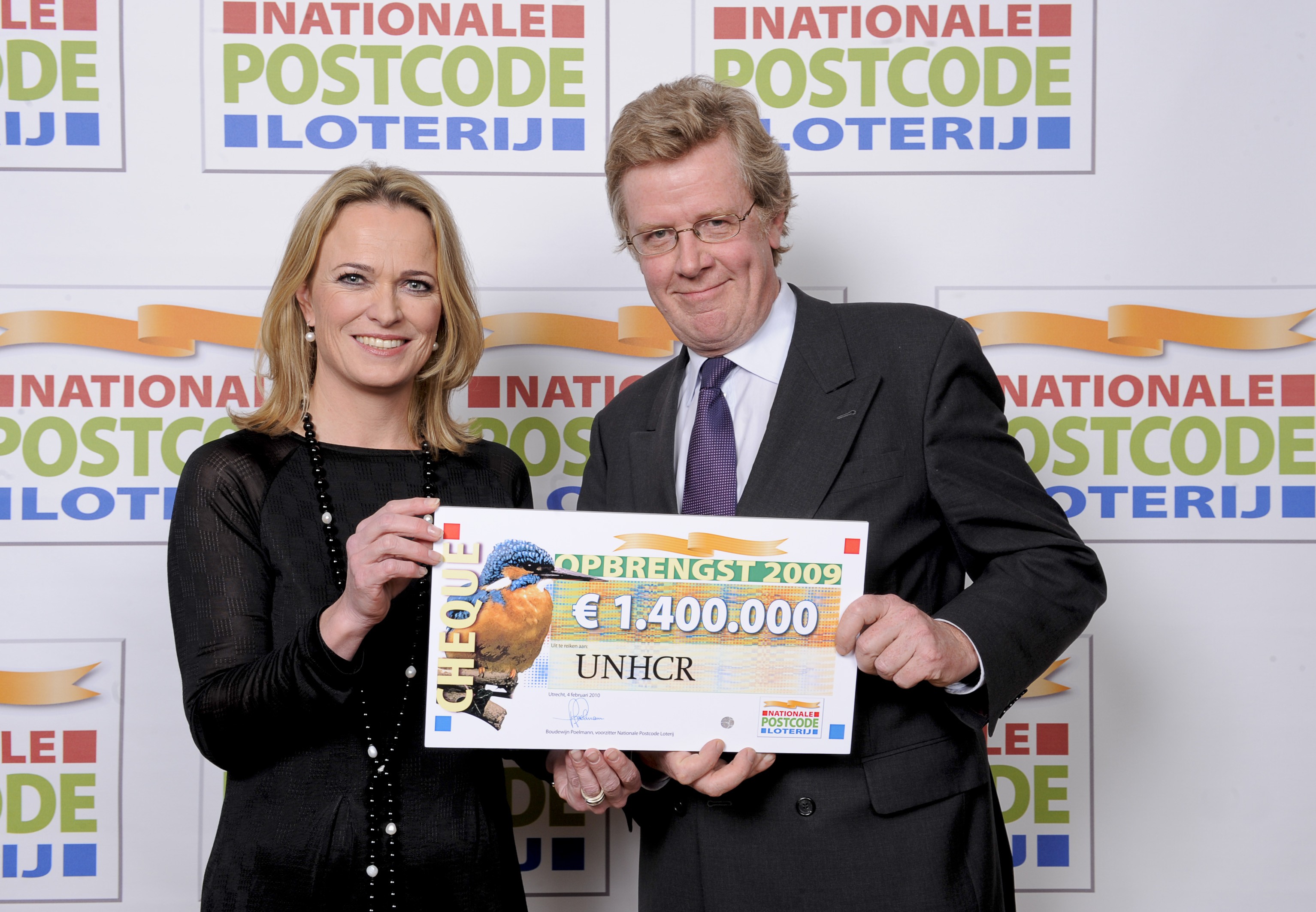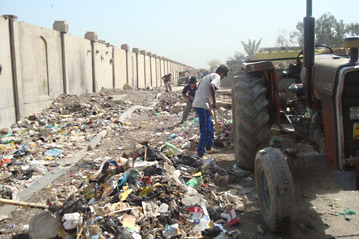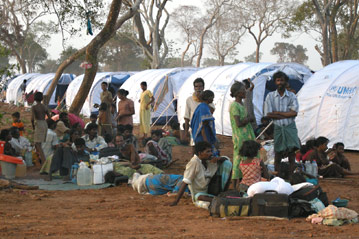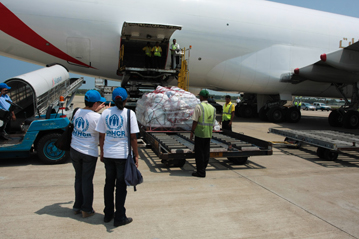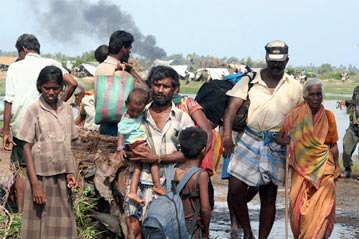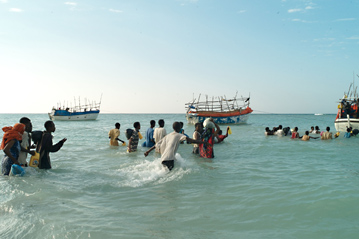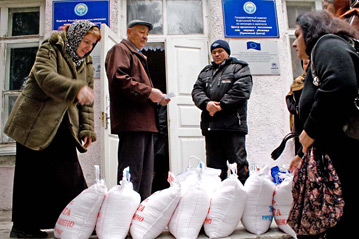New life for Somali Bantus in Tanzania
New life for Somali Bantus in Tanzania

DAR ES SALAAM, Tanzania, March 13 (UNHCR) - Local integration of Somali Bantus in Tanzania became a reality today as buses and trucks carried the first group of more than 130 refugees to a newly-built settlement in Chogo, some 350 km north of the Tanzanian port city, Dar es Salaam.
Thursday's convoy of two buses and trucks kicked off the UNHCR operation that will transfer more than 3,300 Somali Bantus from Mkuyu, their home of more than 10 years, to the newly-constructed settlement some 80 km away.
The Chogo settlement, complete with a health centre, schools, a market and a police post, is the result of nearly three years of construction work at a 5,000-acre site that was set aside by the government of Tanzania in 1999 to integrate the Somalis locally.
Many of the refugees headed for a new life in Chogo can trace their origins to this area close to the coastal town of Tanga, in the north-east, an area mostly inhabited by the Zigua community. The Somali Bantus still speak Zigua, as well as Kiswahili, which is the national language of Tanzania. The refugees also share many cultural practices with their new community.
As the planting season draws to a close, the Somali Bantus, renowned for their industriousness, will likely get down to work in their newly-acquired homes to benefit from the upcoming rainy season. Chogo, some 100 km from Tanga, has large areas of woodland and arable land. Inhabitants here grow fruits, vegetables, maize and cassava.
UNHCR's Representative in Tanzania, Chrysantus Ache, said the transfer operation from Mkuyu to Chogo could be completed by mid-April.
Each refugee family in Chogo will receive more than two acres of land for its home and farmland. Other amenities and facilities in the settlement will be used by both the refugees and the local community, estimated at some 1,000 inhabitants.
The Somali Bantus fled to Tanzania in 1991/92 in the wake of civil war and the collapse of the Siad Barre regime in Somalia. As tens of thousands of Somalis travelled on overcrowded and rickety dhows (dugout boats with sails) to Kenya's coastal town of Mombasa, this group made their way further south to Tanzania's Tanga region, following a reverse path that their ancestors had taken more than three centuries ago when they were transported as slaves.



